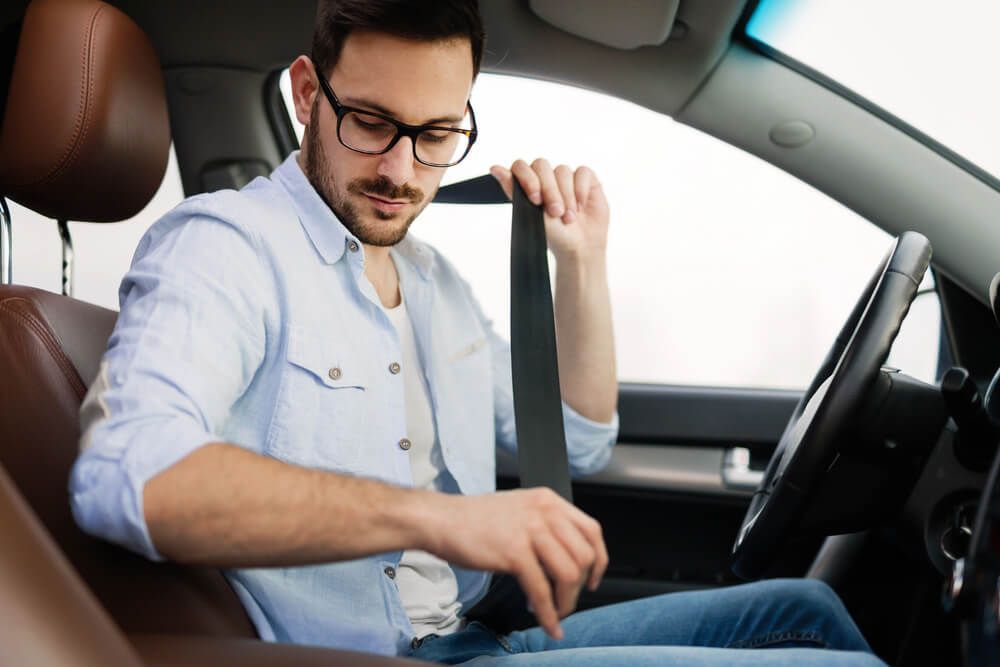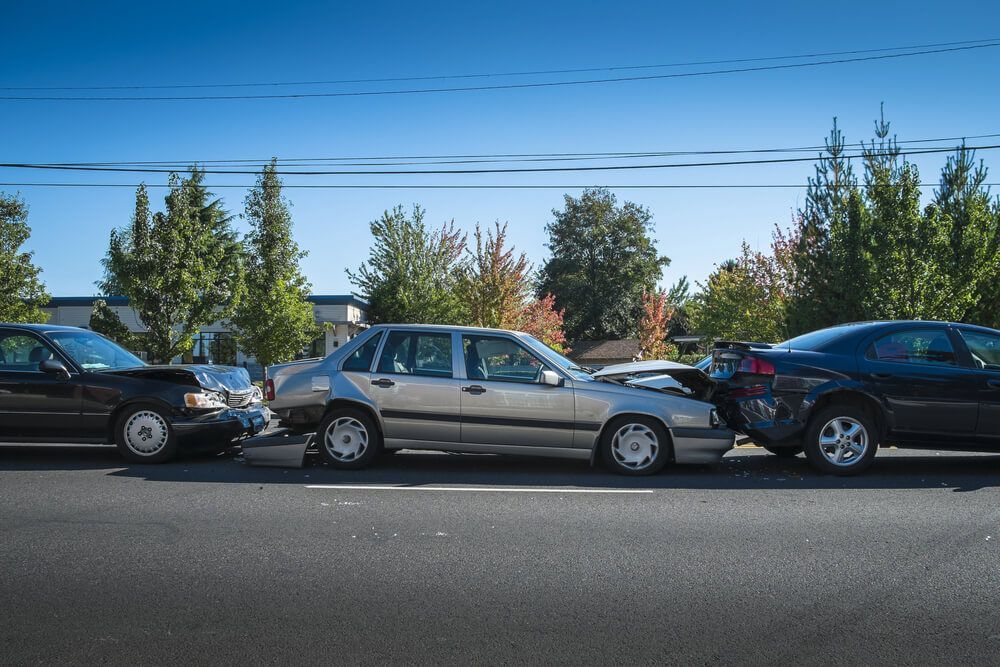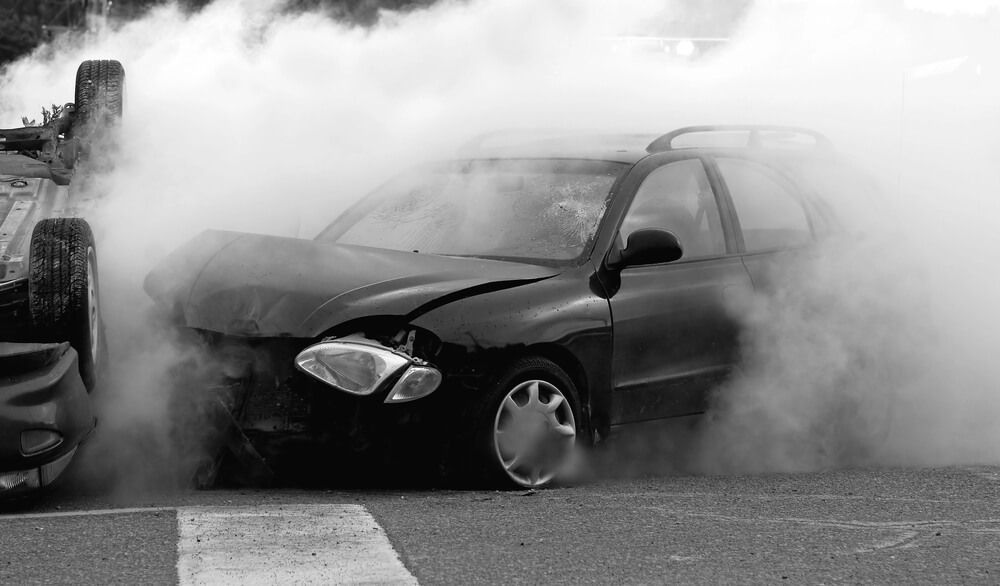California Seat Belt Laws: What You Should Know
Recent Blog Posts
California Seat Belt Laws: What You Should Know
If you’re a driver or passenger in California, it’s important to understand California seat belt law so that you can stay safe, protect others and avoid legal consequences. Here’s an overview of California’s seat belt requirements and the consequences of not complying with California seat belt laws.
What the Law Says About California Seat Belts

The California law on seat belts mandates that all drivers and passengers in a vehicle must wear seat belts. A police officer can pull you over and issue a ticket solely for not wearing a seatbelt. The purpose of this law is to reduce injuries and fatalities in car accidents by encouraging everyone to buckle up.
Under California law on seat belts, drivers must secure children under eight years old in a car seat or booster seat in the back seat of the vehicle, unless the children are at least 4’9″ tall. After that, they may use a regular seat belt. However, they can continue to use a booster seat.
What Is the Fine for Not Wearing a Seatbelt in California?
Not complying with the California seat belt law can be costly. An adult seat belt violation can result in a $162 ticket. Drivers who do not properly secure children in their vehicle can face a $490 fine.
It’s also important to note that each unbuckled passenger in your vehicle can result in separate fines. Therefore, if you’re the driver and your passengers aren’t wearing seat belts, you could be financially responsible for multiple violations.
Is a Seat Belt Mandatory for a Backseat in California?
Yes, California law requires that all passengers, including those in the backseat, wear seat belts. Some people mistakenly believe that wearing a seat belt in the backseat isn’t necessary, but this is not true in California. The requirement extends to everyone in the vehicle, regardless of age or seating position.
Not wearing a seat belt in the backseat can result in injuries that are just as severe as those sustained in the front seat. In fact, unbelted backseat passengers can pose risks to front-seat passengers in the event of a crash, as the force of impact can throw them forward.
Is the Driver Responsible for Passengers Wearing Seat Belts in California?

In California, the driver is responsible for ensuring that all passengers are properly restrained, whether by seat belts, car seats or booster seats, depending on each passenger’s age and size. If a child is not wearing a seat belt, the driver can face fines, regardless of whether the driver is wearing a seat belt.
Passengers aged 16 and older who do not comply with California seat belt law will also face fines, since they are personally responsible for buckling up.
Given the legal and safety risks of not wearing a seat belt, you should always make sure to securely buckle in all your passengers before you start your vehicle.
California Seat Belt Law Exceptions
There are some exceptions to California seat belt law. Certain vehicles, such as buses and emergency vehicles, may have exemptions under specific circumstances. Additionally, individuals with medical conditions that make seat belt use impractical or dangerous can be exempt, but they must have a letter from a licensed physician explaining the exemption.
Do Classic Cars Need Seat Belts in California?
Many classic cars were not required to be equipped with seat belts at the time of their production. As a result, California law generally does not mandate the retrofitting of seat belts in vehicles that were not originally required to have them. This means that if your classic car came off the assembly line without seat belts, you may not be legally required to install them to comply with California seat belt law.
However, while the law provides this exemption, it’s important to consider the safety implications. Seat belts are a proven lifesaver, significantly reducing the risk of death and serious injury in car accidents. If you own a classic car and frequently drive it, installing seat belts—even if not required by law—can greatly enhance the safety of you and your passengers.
There may be ways to retrofit seat belts in a classic car while preserving the vehicle’s original aesthetic, making it a worthwhile investment for those who value both safety and the vintage charm of their vehicle.
What is Section 27315?

Section 27315 of the California Vehicle Code is the law that requires drivers and all passengers aged 16 and older to wear seat belts while a vehicle is in operation on public roads. It places the responsibility on drivers to ensure that passengers under 16 are properly secured in seat belts or appropriate child safety seats.
Violations of this law can result in fines, and California enforces it as a primary offense. The section also outlines exemptions, such as for certain older vehicles not originally equipped with seat belts and for individuals with specific medical conditions, provided they have a physician’s note.
Why Seat Belts Matter
The statistics on seat belts are clear: wearing one can drastically reduce the risk of death and serious injury in a car accident. According to the National Highway Traffic Safety Administration (NHTSA), seat belts reduce the risk of death for front-seat passengers by 45% and cut the risk of serious injury by 50%. For backseat passengers, the reduction in risk is also significant.
Seat belts are your first line of defense in the event of a crash. They can protect you from ejection from the vehicle, which is often fatal. They also reduce the impact force on your body by distributing it across your stronger parts, such as your chest and pelvis, rather than letting it concentrate on a single area.
We Can Help You With California Seat Belt Law
Complying with California seat belt law is not just about avoiding fines—it’s about protecting yourself, your passengers and others on the road. Whether you’re a driver or a passenger, make it a habit to buckle up. If you have questions about California seat belt law or if you suffered an injury in an accident, contact the Phoenix personal injury attorneys at Sargon Law Group. We help California personal injury victims get the care and compensation they deserve.





